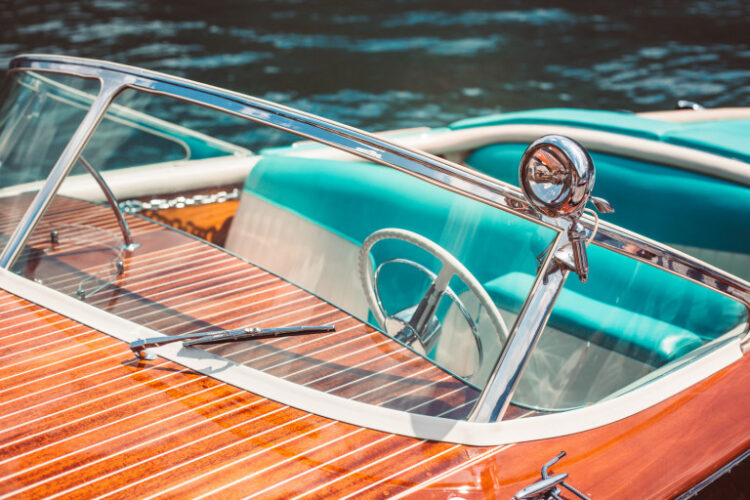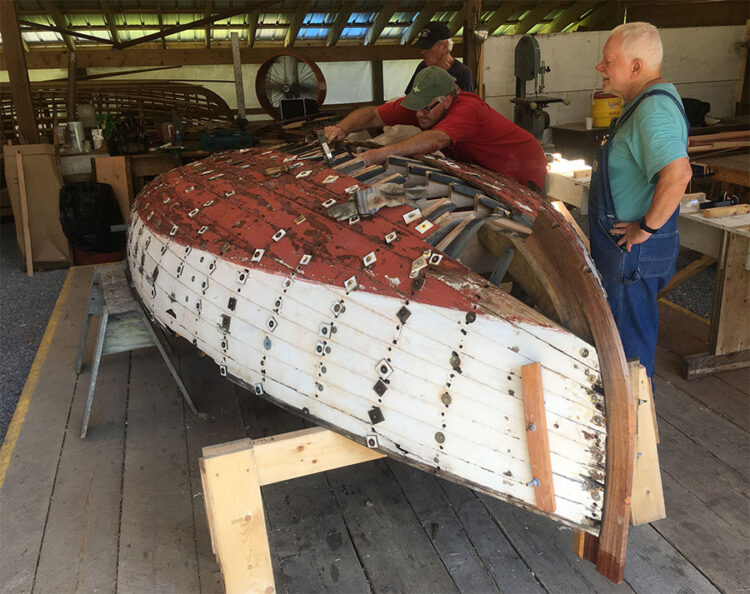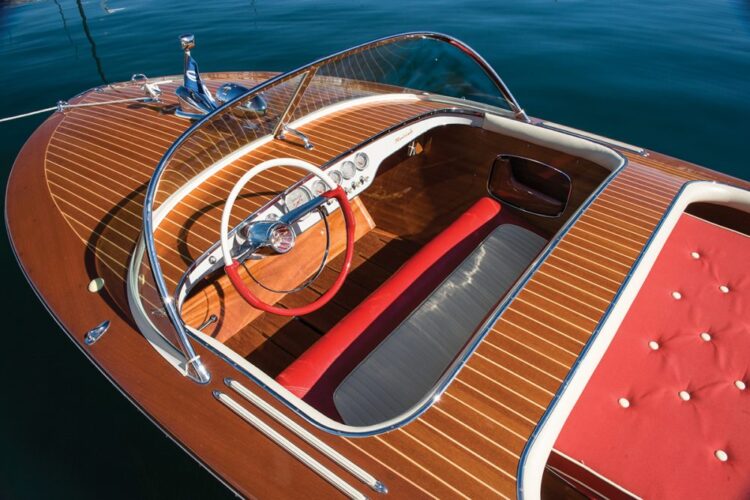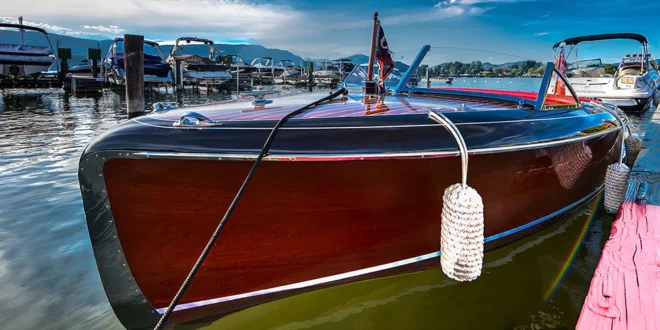It turns out that there is a lot of beauty in the process of restoring a boat. However, it does come with its own costs. Are you willing to spend that kind of money on your restoration? This blog post will explore how expensive it is to restore a vintage boat and what the possible benefits maybe if you decide to renovate yours.
What is Restoring a Vintage Boat?
It is a process of bringing it back to its original condition. This can include fixing or replacing damaged parts, cleaning and polishing the wood, re-painting the hull, and putting new hardware on the boat. Vintage vessels can be restored in any condition from derelict to seaworthy. The process of vintage boat restoration can be time-consuming and expensive, but it is also rewarding. You can find more on this website.
The Types of Restoration

When you think about restoring a vintage boat, you likely imagine lots of hard work and expense. But is that really the case?
First, it’s important to understand that not all restoration work is created equal. Different types of restoration require different levels of skill and expertise, which can lead to varying costs. Here are some of the most common types of restoration work:
- Hull Restoration: This is often the most expensive type of restoration because it involves repairing or replacing damaged or deteriorated parts of the boat’s hull. Typical costs for hull restoration include sanding and filling cracks in the hulls, patching holes and tears in the decking, and painting or re-staining the hulls.
- Deck Restoration: It is usually less expensive than hull restoration because it doesn’t involve repairing or replacing damaged or deteriorated parts of the hull. Instead, it focuses on restoring faded or lost colors, fixing torn fabric, and replacing missing screws, nails or boards.
- Mechanical Restoration: This is often the least expensive type of repair because it focuses on fixing minor problems with the boat’s engine, navigation system, and other mechanical systems. This includes fixing broken propellers, repairing torn rudder cables, and replacing corroded wires.
- Electrical Restoration: This is usually less expensive than other types of fixes because it focuses on fixing minor electrical problems with the boat’s systems. This includes replacing blown fuses, diagnosing and fixing faulty wiring, and installing new batteries.
- Paint Restoration: The focus is on restoring faded or lost colors using a variety of paint colors and techniques. Typical costs for paint restoration include painting decks using a variety of colors, primer, and top coat; sanding and refinishing wood surfaces; and restoring graphics and decals.
The Cost
It can be an extremely costly endeavor, depending on the extent of the restoration. A basic estimate for restoring a 50-foot vintage sailboat would cost between $75,000 and $150,000, while an estimate for restoring a 100-foot yacht could run as high as $1 million. Factors that affect the cost include the condition of the vessel when it is received, the amount of original hardware and detailing remaining on the vessel, and the skill level of the restorer.
Preparation

The first step is to ensure that the vessel is seaworthy and has no major structural damage. Once you have determined that it is fit for restoration, you will need to decide what kind of work you would like to undertake. There are many different techniques and options available, so it is important to choose the one that best suits your needs and goals. Once you have made your decisions, you will need to research the specific restoration process involved in your chosen style of vessel.
Materials You Might Use
There are many materials used in boat restoration, but the most common are adhesives and sealants. These materials are used to create a smooth finish on the boat and protect it from water damage. Many different adhesives and sealants are available, so it is important to choose one that will work best for the restoration being done.
Wooden boat restoration is usually done with a variety of wood preservatives and polishes. These materials help to restore the natural luster and color of the wood, as well as protect it from water damage. Wood preservation can be tricky, however, so it is important to use a sealer that is appropriate for the type of wood being used.
Fiberglass repair can be done with a variety of adhesives and sealants as well. Fiberglass is an extremely durable material, so it is important to use sealant that will not damage it. Many sealants available for fiberglass repair are designed specifically for this purpose.
Before restoration can begin, the surface of the boat must be prepped. This includes removing all rust, barnacles, and other marine growth; sanding down any rough or pitted areas; and priming and painting as needed. In some cases, repainting is necessary due to fading or peeling paint.
Once the surface has been prepared, the next step is to assess the condition of the boat. This will help determine which areas need more work and which can be left as is. Once the condition of the boat is known, restoration projects can be planned and executed accordingly.
Restoration may also include fixing broken or deteriorated hardware, restoring missing parts, or replicating original finishes. All of these tasks require a degree of expertise and experience that cannot be taught in a classroom setting. Rather, it takes years of hands-on experience to become a skilled restorer.
Finishing the Restoration

- Regularly clean and inspect your vessel for signs of wear and tear. This includes both the exterior hull and the interior components, such as the decks, berths, and engine room.
- Check the seams of your ship for any signs of leaks or rot. Repair as necessary.
- Keep a detailed record of all repairs and modifications made to your boat, including the dates and suppliers’ names. This will help you if there is a problem in the future.
- Do not overload your boat with unnecessary gear or items, which can damage it or lead to dangerous situations while underway.
- Store your boat properly when not in use; this will help avoid damage from weather or other elements.
Conclusion
If you’re considering restoring a vintage boat, there are many things to know. In this article, we’ve outlined the basics of restoring a vintage boat, including what types of work need to be done and what materials are necessary for the project. We also provide a few tips on how to get started on your project and some advice on choosing the right restorer. So if you’re at all interested in restoring a vintage boat, we hope this guide helped!
 Hi Boox Popular Magazine 2024
Hi Boox Popular Magazine 2024



